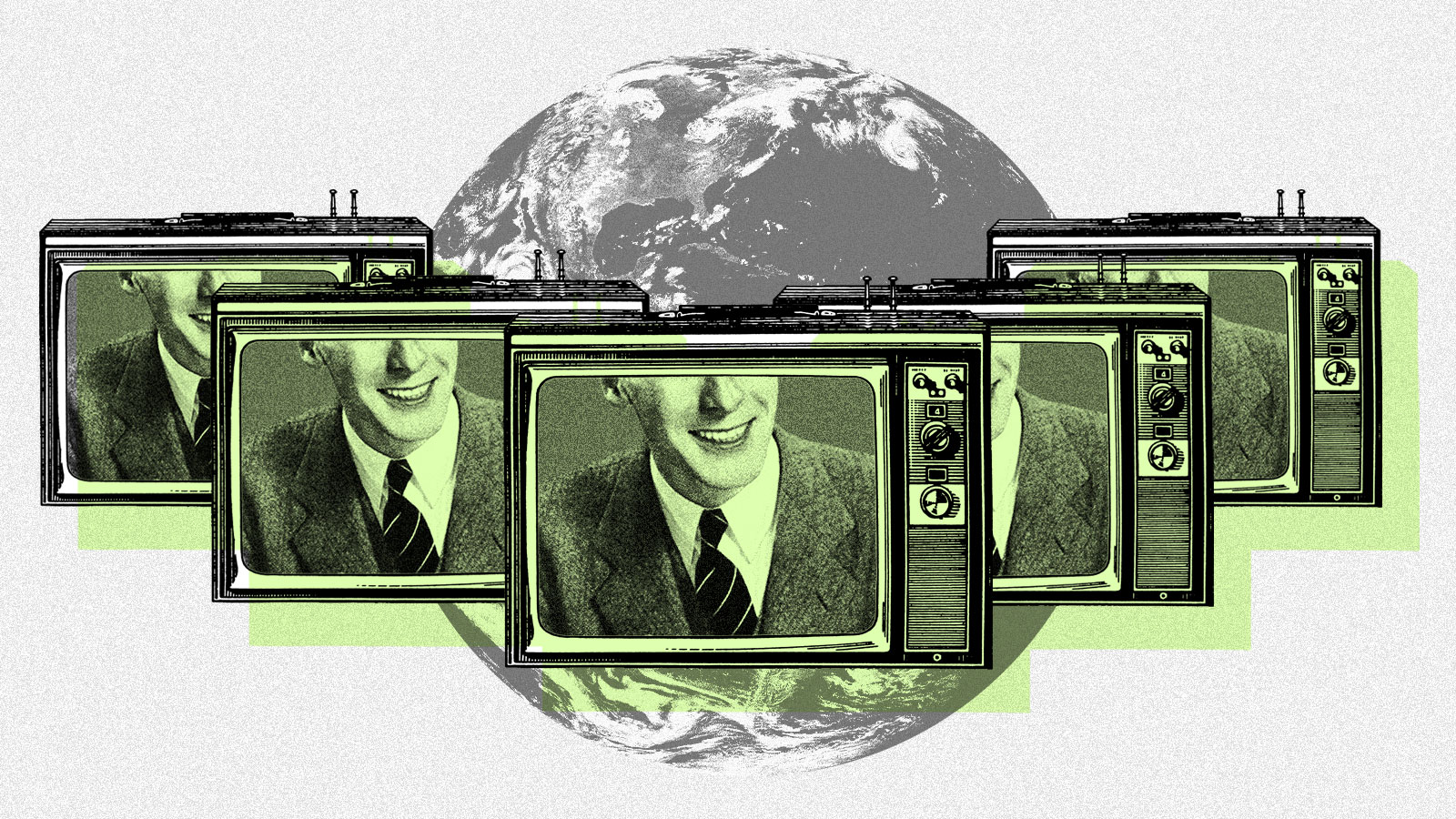If you watched news about climate change on TV last year, chances are you saw a white man on-screen.
According to an analysis published this week by Media Matters For America, a nonprofit media watchdog, people of color made up just 8 percent of guests interviewed or featured in the major broadcast networks’ climate coverage in 2020 — we’re looking at you, ABC, NBC, CBS, and Fox Broadcasting Company. Women were also less likely to be in front of the camera, comprising 28 percent of guests.
The total amount of time that these broadcast networks spent on the climate crisis was down 53 percent compared to 2019. Climate-related segments claimed 112 minutes of airtime over the course of the year, less than your average movie. That’s not because there weren’t worthy stories — wildfires blazed, the Arctic lost historic amounts of ice, and 2020 was tied for the warmest year on record — but likely because the pandemic consumed our lives. The study found that broadcast coverage rarely mentioned the connections between coronavirus and climate change, such as how both disasters disproportionately impact people of color and lower-income communities.
The underwhelming representation of people of color isn’t new. 2020 marks the fourth consecutive year — as long as Media Matters has been tracking the numbers — that less than 10 percent of network television’s climate guests were people of color. Only six women of color were featured out of the total 89 guests the report identified.
“This lopsided representation flatly ignores the reality that, due to historical and current injustices, climate change disproportionately affects communities of color,” the report’s authors write.
People of color are more likely to live in places vulnerable to climate change — where temperatures are hot, the air quality is worse, and there are fewer resources to cope with extreme weather. Women, too, are more likely to experience the devastating effects of climate change: A United Nations report estimated that 80 percent of those displaced by the crisis are women.
Why, then, have people of color and women repeatedly been underrepresented in broadcast television? Allison Fisher, the director of Media Matters’ climate and energy program, suggested that television news outlets often don’t make the effort to speak to frontline communities, relying on climate scientists and politicians instead. In 2020, a presidential election year, politicians were the most common guests for climate change segments. While climate activists were more commonly featured in prior years, broadcast TV only featured one activist guest this past year — Greta Thunberg, the small but mighty Swedish activist.
While traditional experts like scientists and politicians are crucial, Fisher said, they should be featured in tandem with others. “People experiencing climate change are experts,” Fisher said. “They’re the pioneers of what climate impact is and looks like, and how to live with it and adapt to it. I think we have to redefine the way we’re talking about expertise in this particular issue.”
The problem runs deeper than television — it’s partly a reflection of diversity issues in climate science, advocacy, journalism, and politics. Although numbers have ticked up in recent years, people of color still make up a very small percentage, sometimes less than 10 percent, of top environmental groups’ staff, according to Green 2.0, a nonprofit watchdog. If the people leading the most well-known organizations are consistently white men, Fisher said, they’re going to be the ones featured on television.
It’s time for broadcast television companies to face this data and address it, Fisher said. “This is a story that we’ve told year after year after year,” she said. “It’s been a known problem for a while. The ball is in their court to make that shift.”



